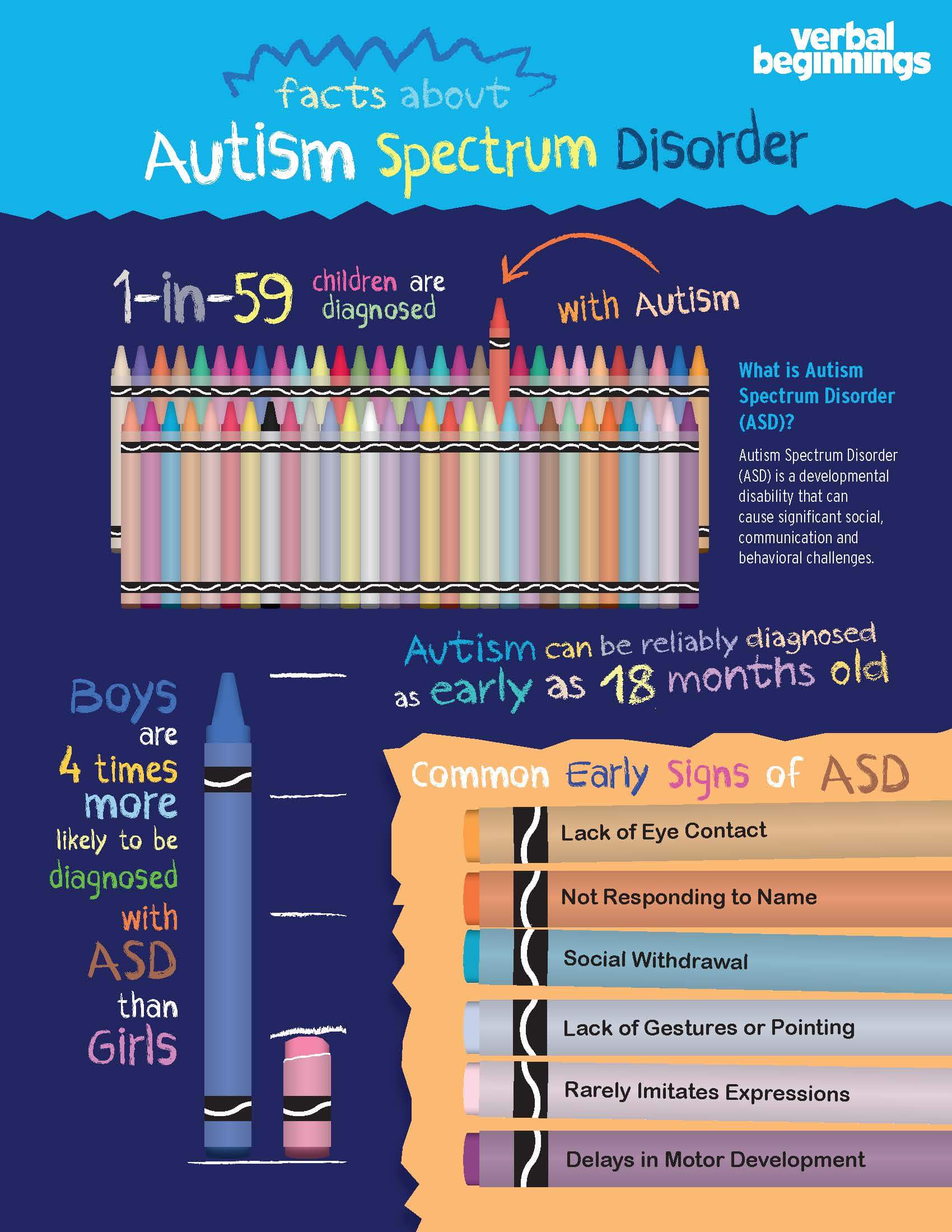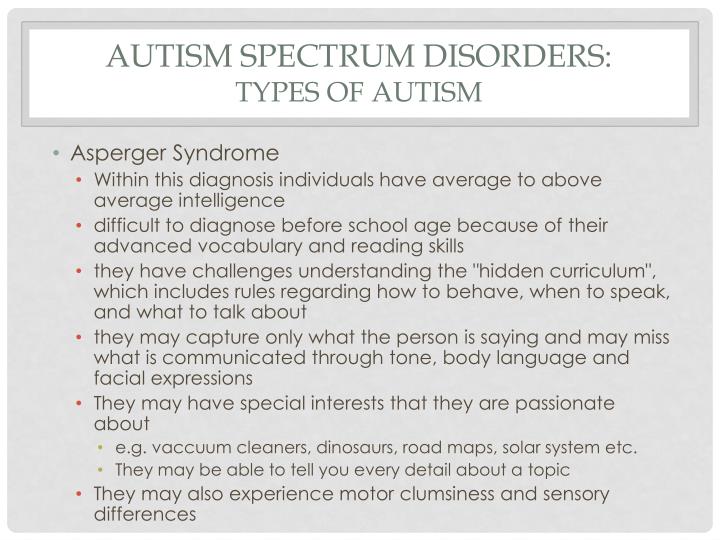The Missing Autistic Girls


- Analyses need to take place over a number of sessions, as opposed to on one occasion, for a medical professional to actually have the ability to understand an individual's behavior beyond surface, initial impressions, as females often mask.This discrepancy occurs because many analysis devices are made for male signs and symptoms.As a result, we intend to emphasise the relevance of making the diagnosis process as empowering and attesting as feasible for individuals.Initially, they thought I could have had a hearing condition; however, I was diagnosed with autism.
Treatment
Having an extreme interest in something specific is likewise typical in people with autism. If that passion is something thought about "girly," like horses, a doctor may dismiss it as normal. Medical care services play an important duty in how people access the support they need and manage their medical diagnosis.
Why Are Autistic Women And Females Missed Out On?
Women have a tendency to camouflage their autism signs and symptoms extra and engage differently with peers and adults than autistic boys, she states. Often these social interactions make it even harder to detect the signs of autism due to the fact that girls often tend to attempt tougher socially and have a higher need to make good friends. Girls will certainly commonly turn internal when they sense they are not suitable in or recognizing social scenarios, while young boys might act out their irritation, ending up being dismayed and signaling an undiagnosed behavior issue a lot more plainly. Autistic attributes in females and ladies may vary from those of various other autistic people. They might seem to have fewer social difficulties than autistic men and kids, but this might be since they are most likely to 'mask' their autistic traits (though the tension of doing so can result in anxiety and bewilder).
As component of our Stories from the Spectrum collection, we talked to several ladies and girls, that shared their experiences with us. The campaign was photographed by autistic digital photographer Alex Heron, that operates at Rankin Workshop. You can see brief films or read longer interviews with the six people included in the campaign. A series of additional interviews will certainly be released at regular intervals sharing the stories of autistic ladies and non-binary people who responded to the #NowIKnow project on social networks. Although autism research study made essential progression in the 1980s and 1990s, it mainly focused on kids and the symptoms they usually offer. Hand-flapping, as an example, is a habits seen regularly in boys than girls.
It's referred to as a range due to the fact that autistic individuals vary commonly in their passions, requirements, and behaviors. Young boys were detected and researched while autistic girls and Home page females stayed mainly invisible, bring about a gender gap that still influences numerous lives today. Tasha Oswald, PhD, a neurodiversity-affirming therapist and founder of Open Doors Therapy, agrees, however notes the experience of an exhaustion may look different for women and gender varied autistic individuals. She says to think about this burnout as the build-up of all the invalidation they've dealt with in life. This recognition plays a substantial function in offering pertinent assistance to females handling ASD. Recently, researchers have progressively observed that women Neurodevelopmental Disorder are much more quickly able to "mask" or "camouflage" their signs. For a 2017 Journal of Autism and Developing Disorders study, researchers talked to 92 women with autism regarding their masking behaviors, which included resembling other individuals's facial expressions and purposefully making eye contact.